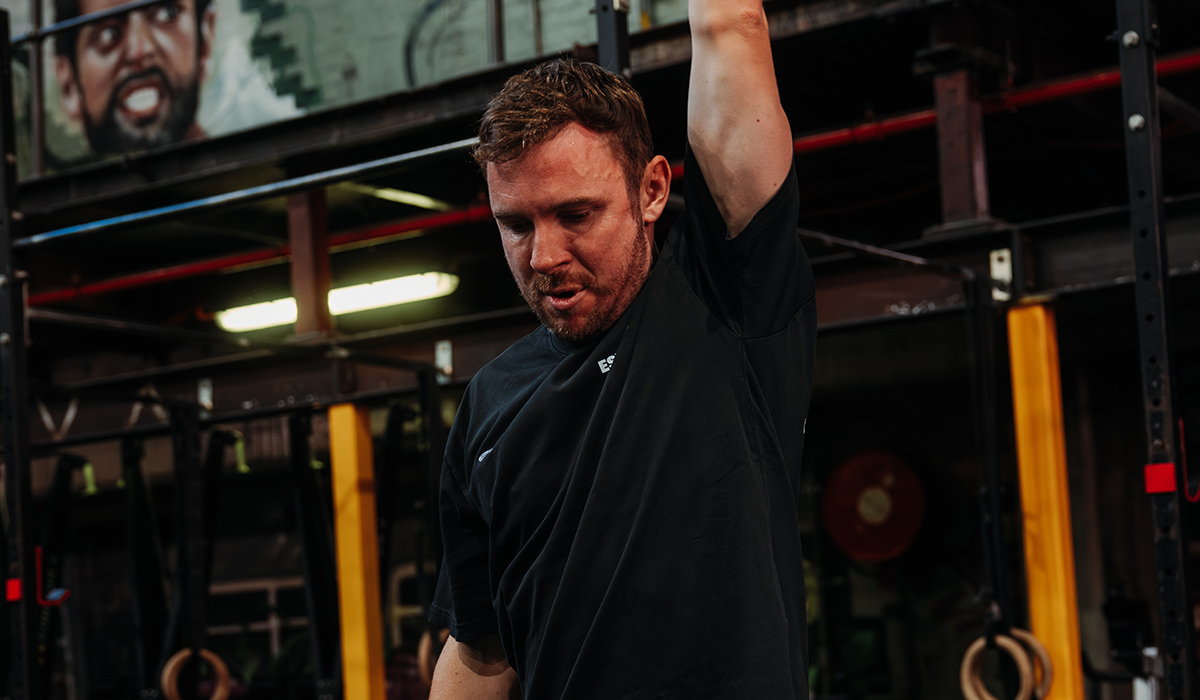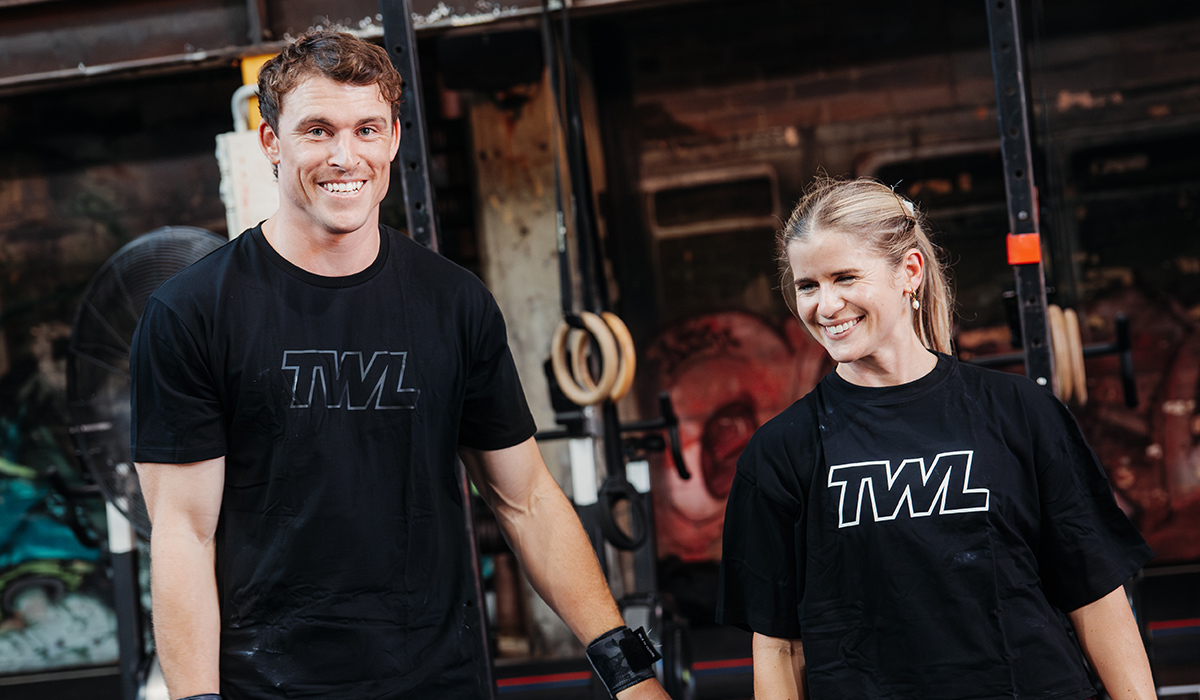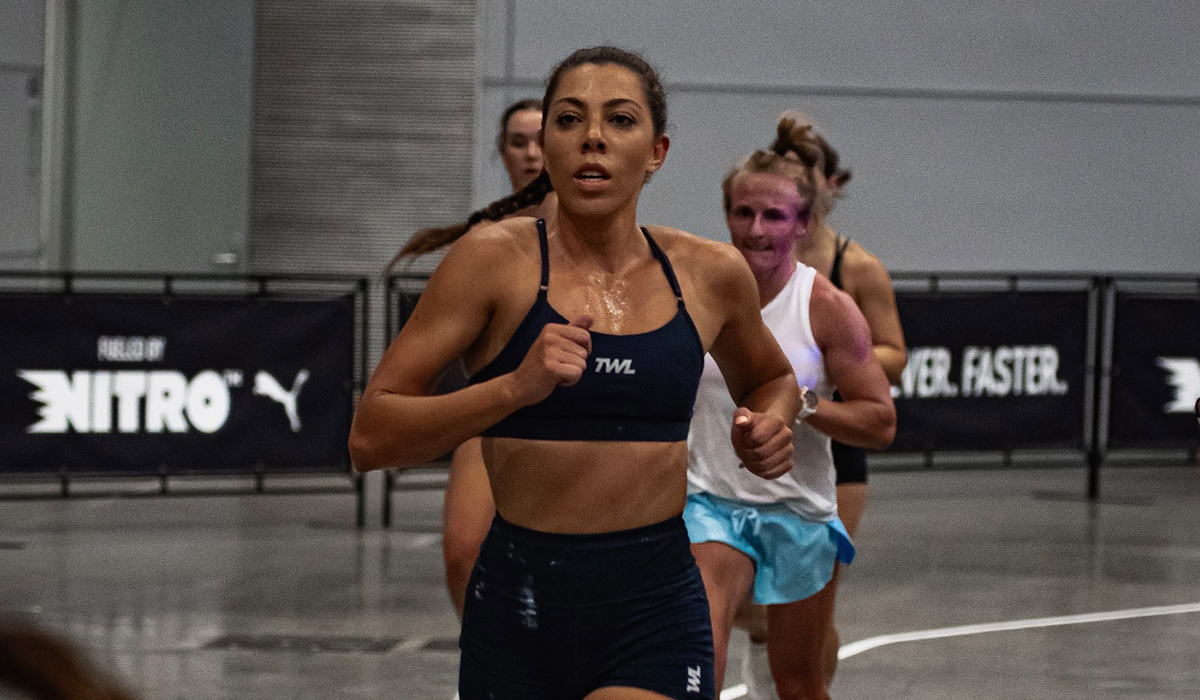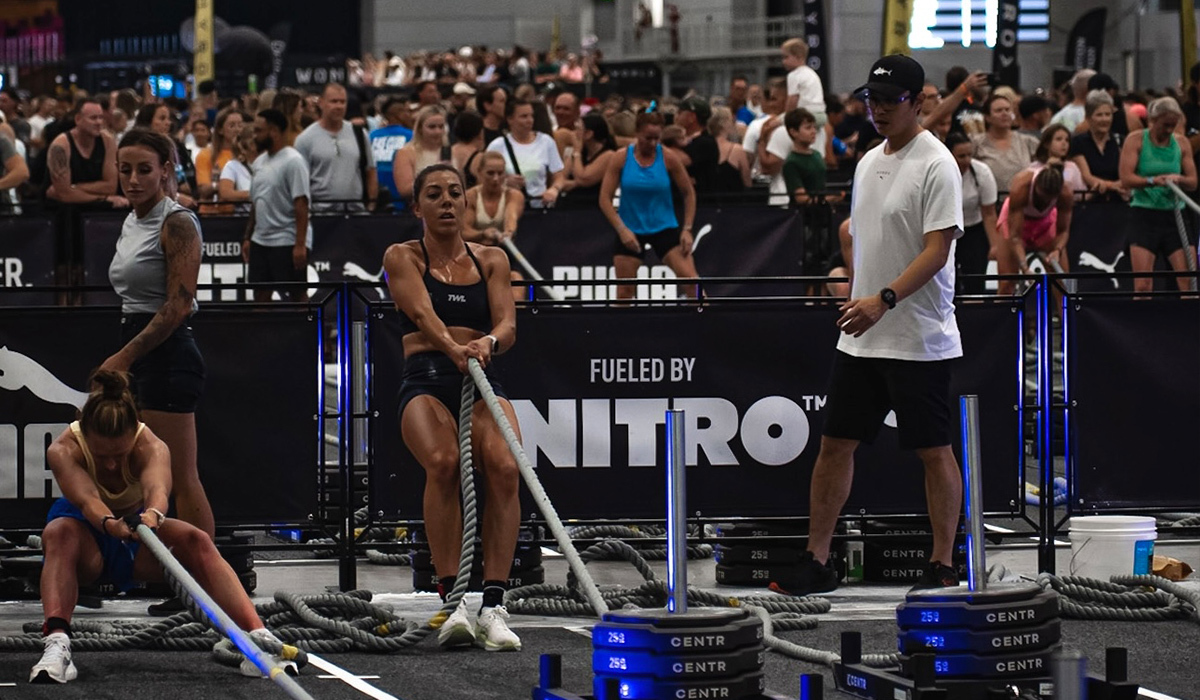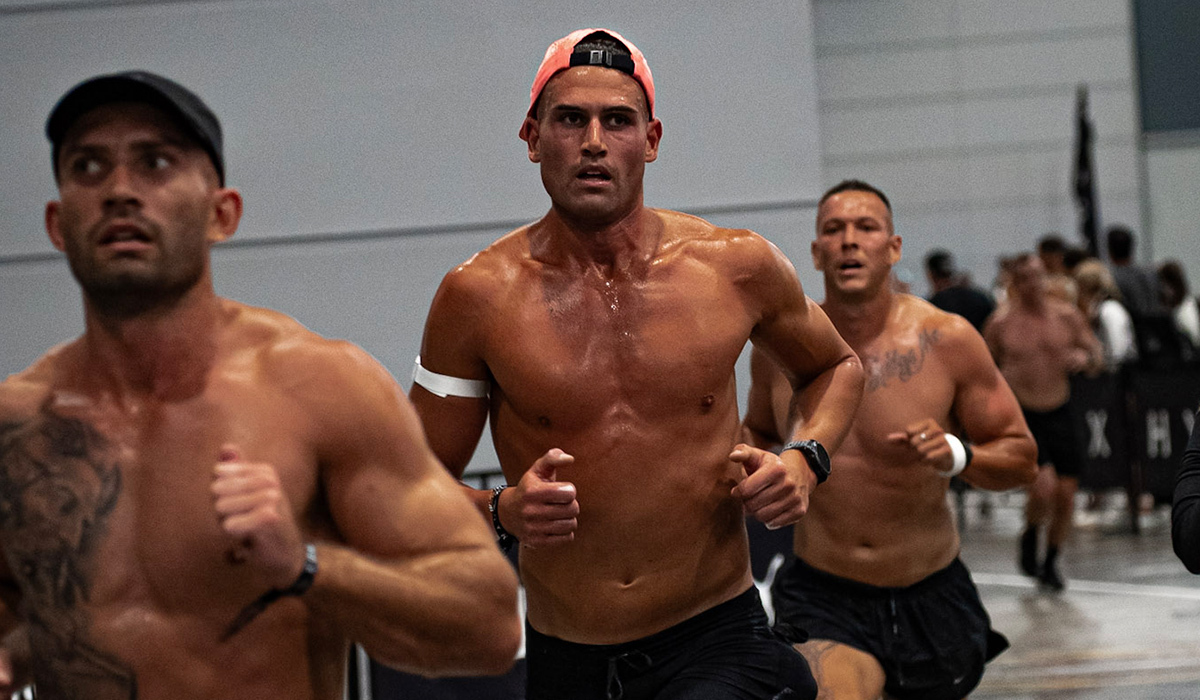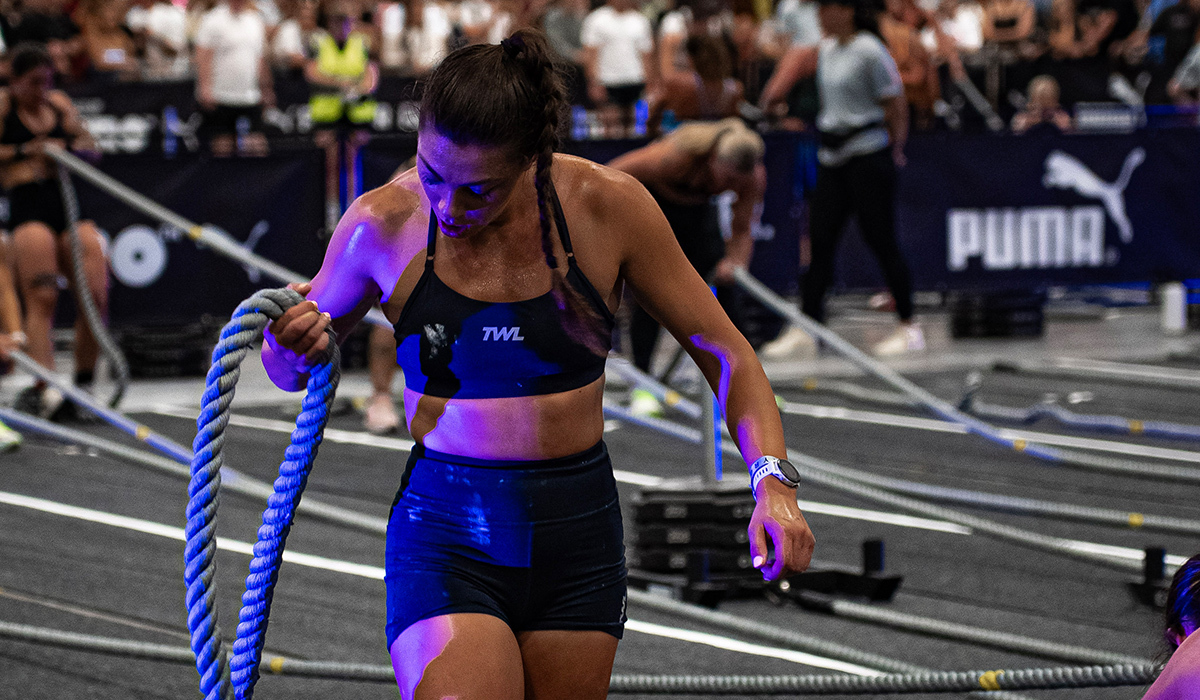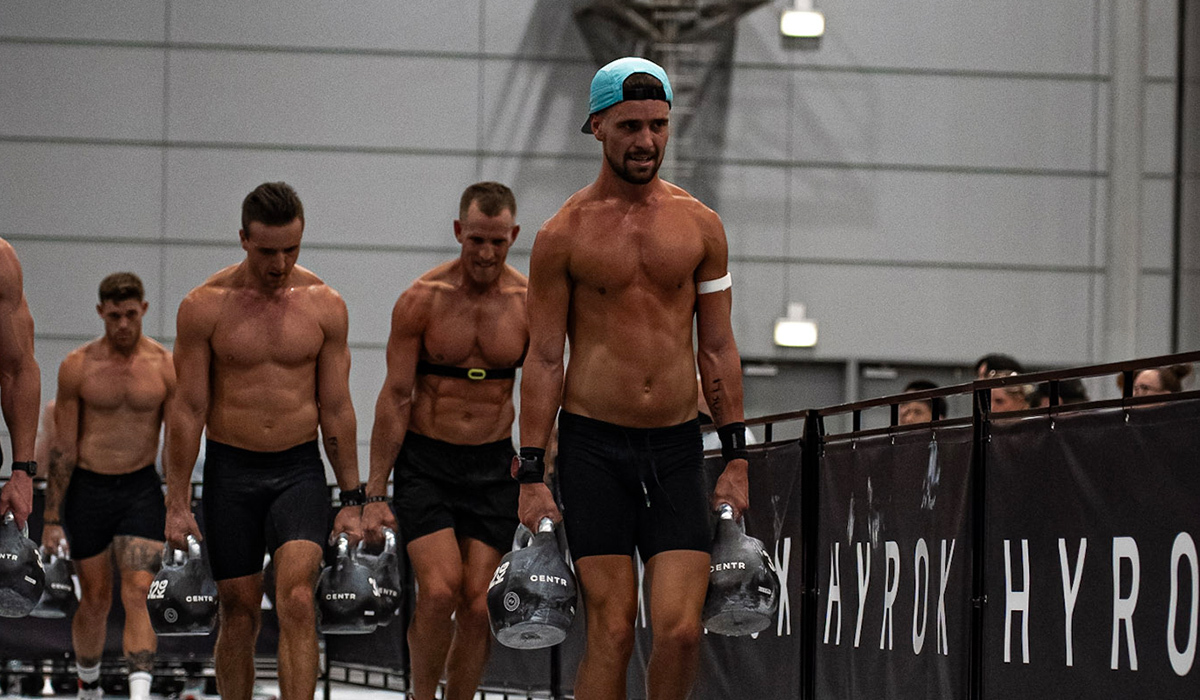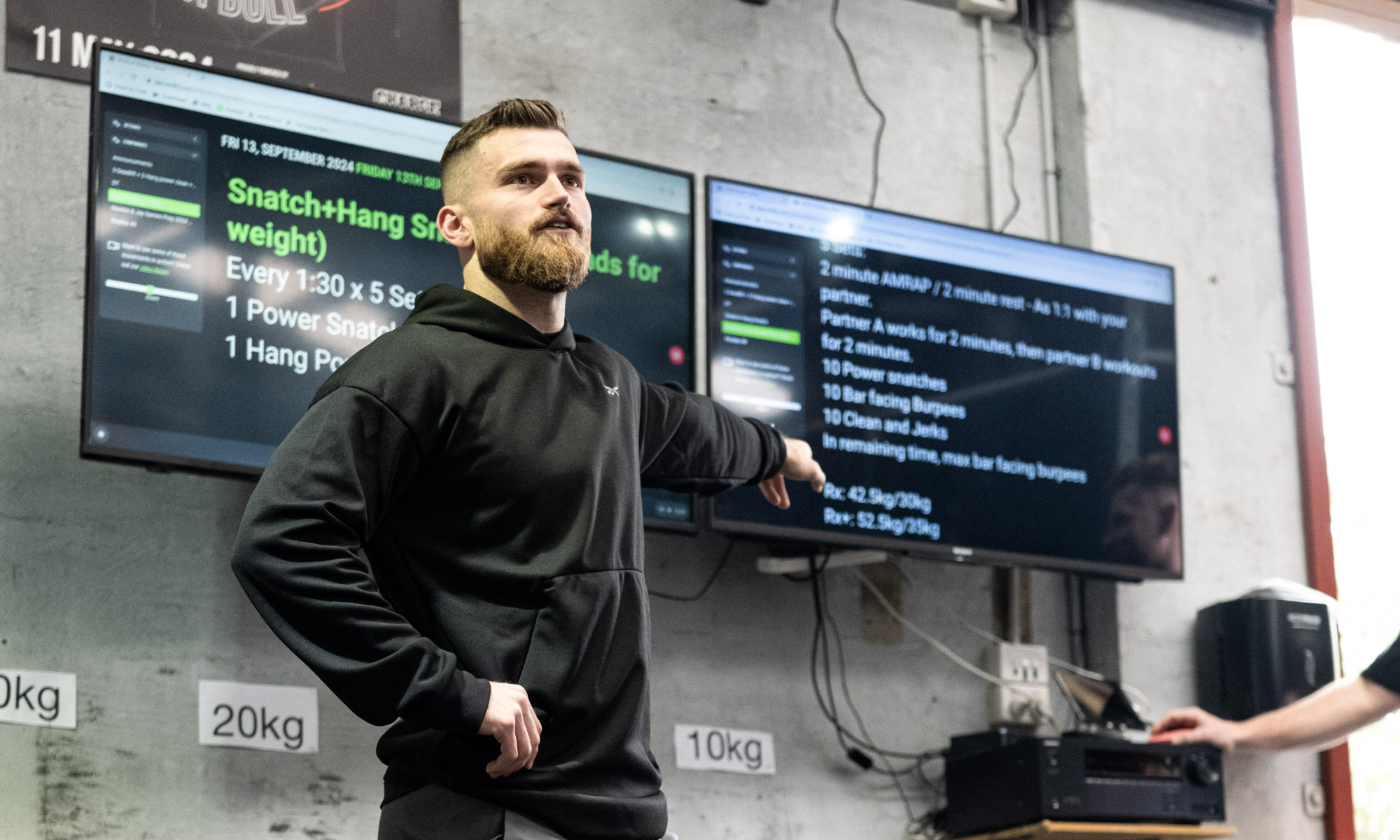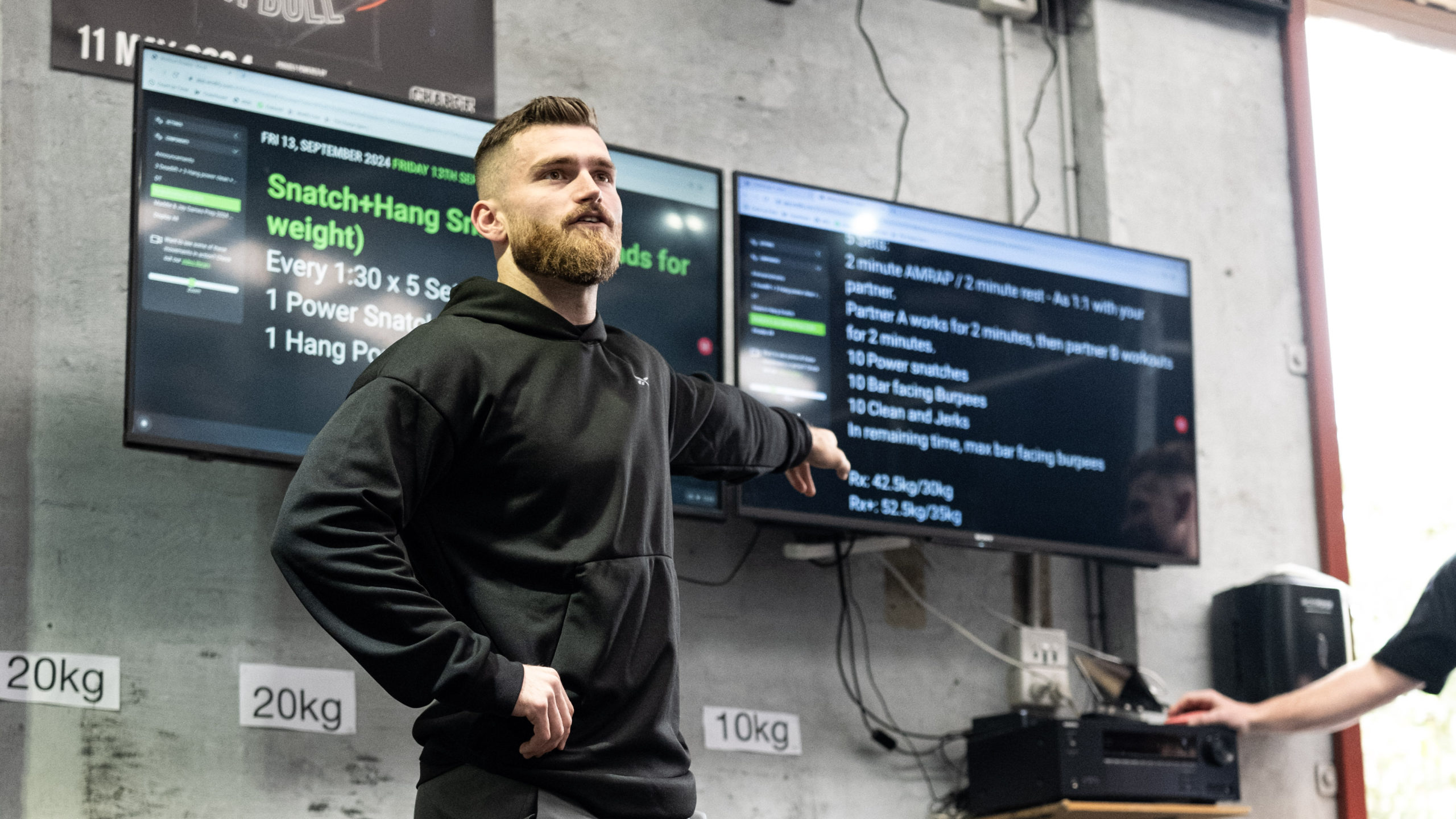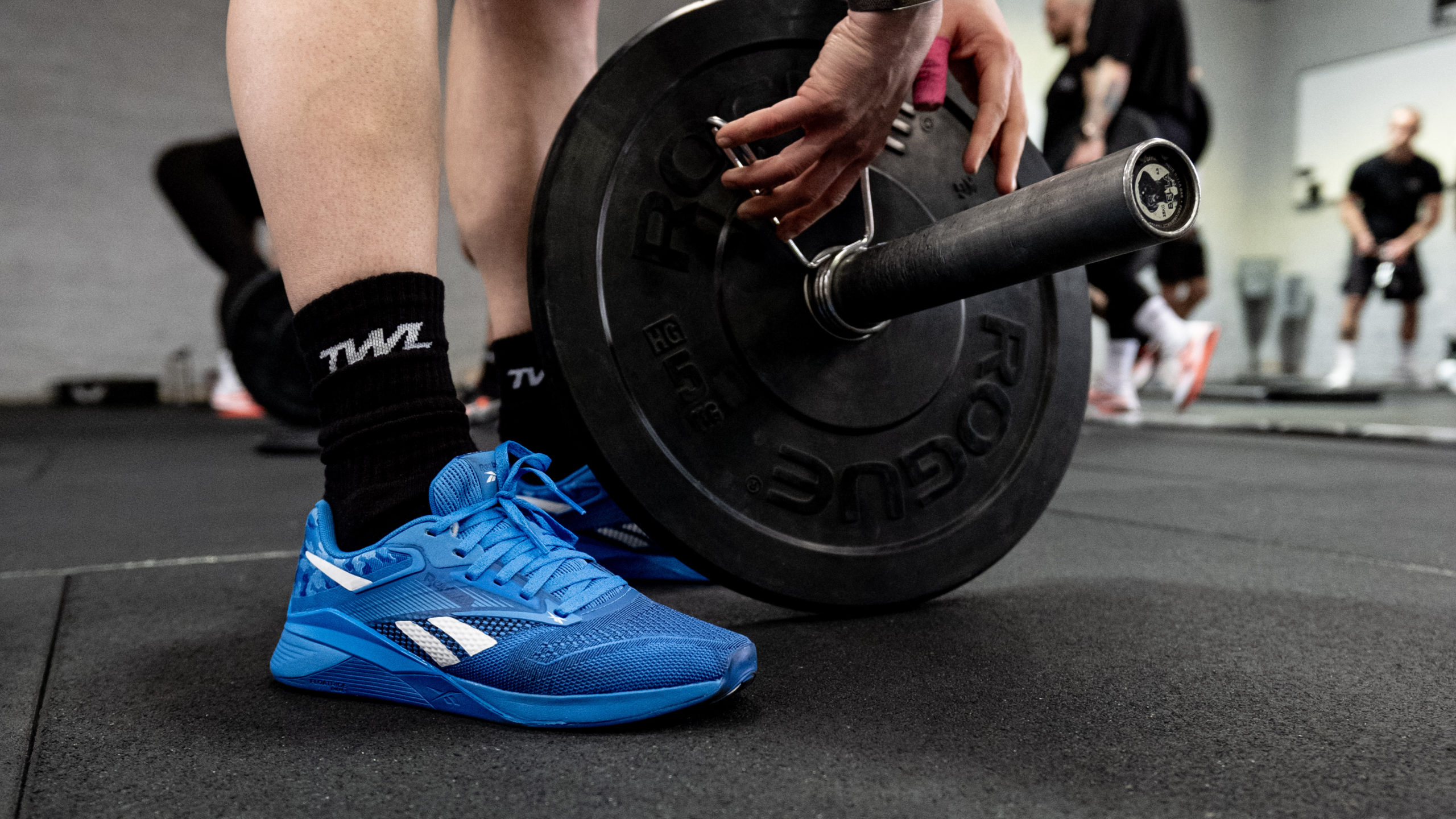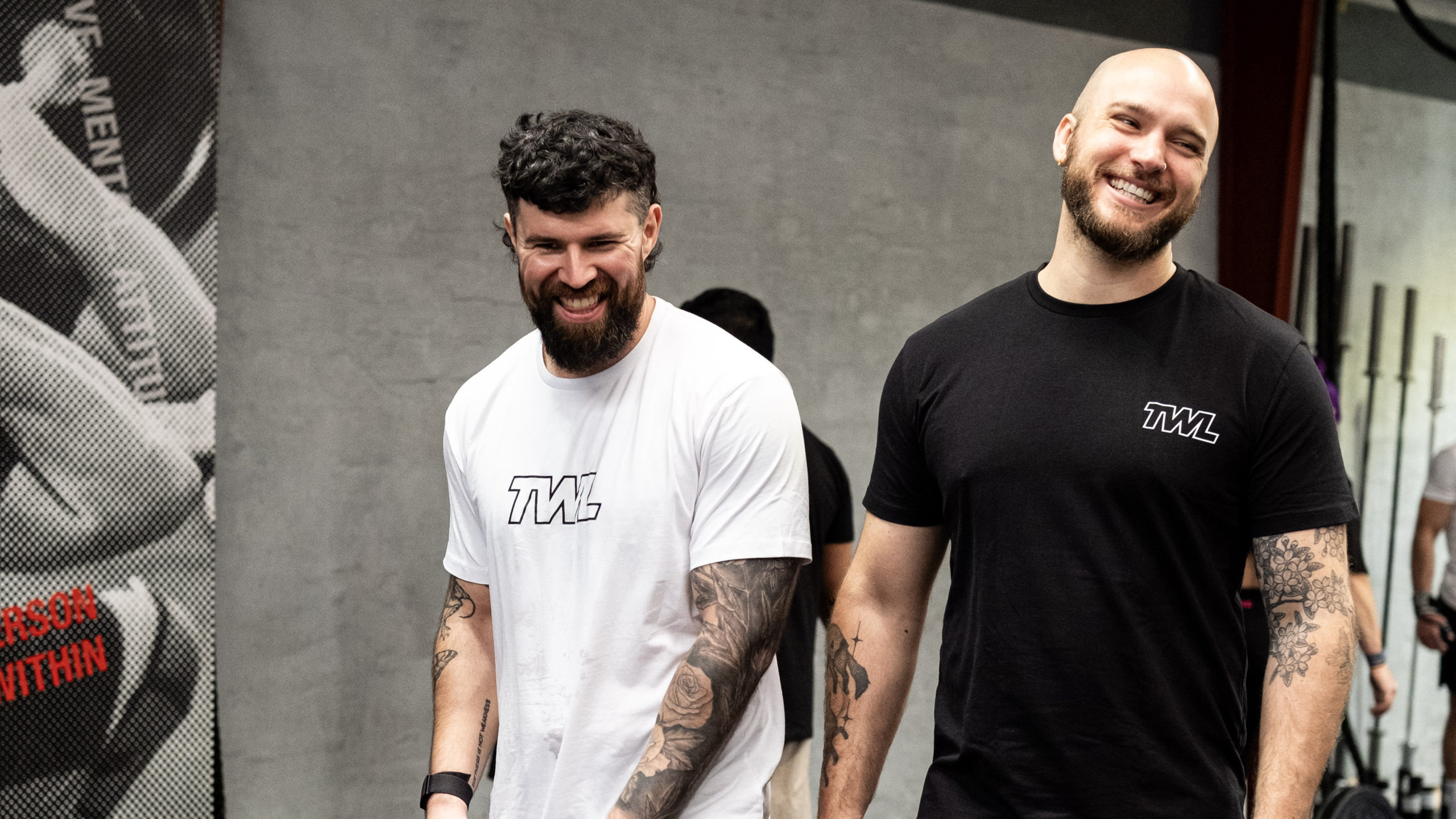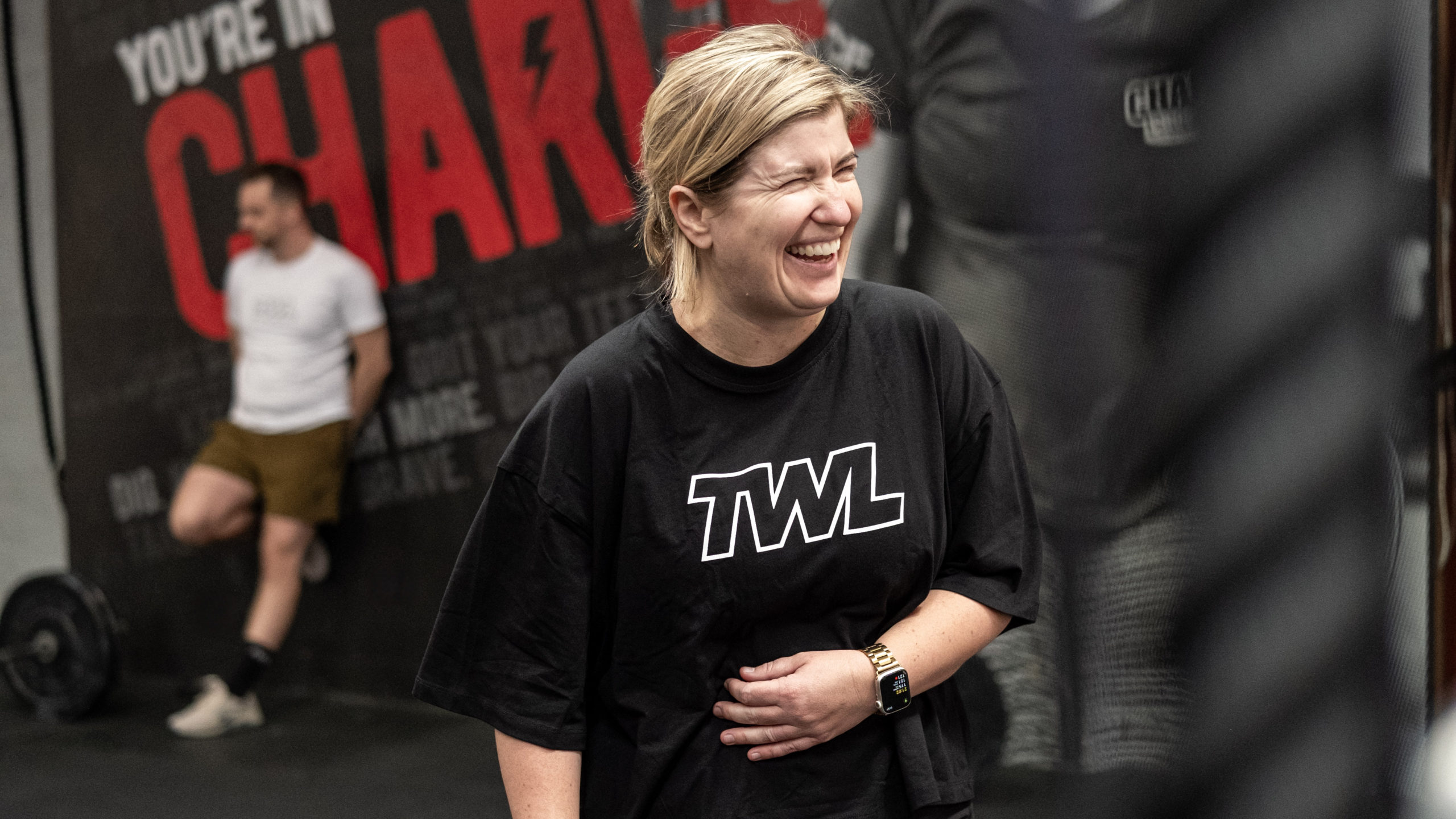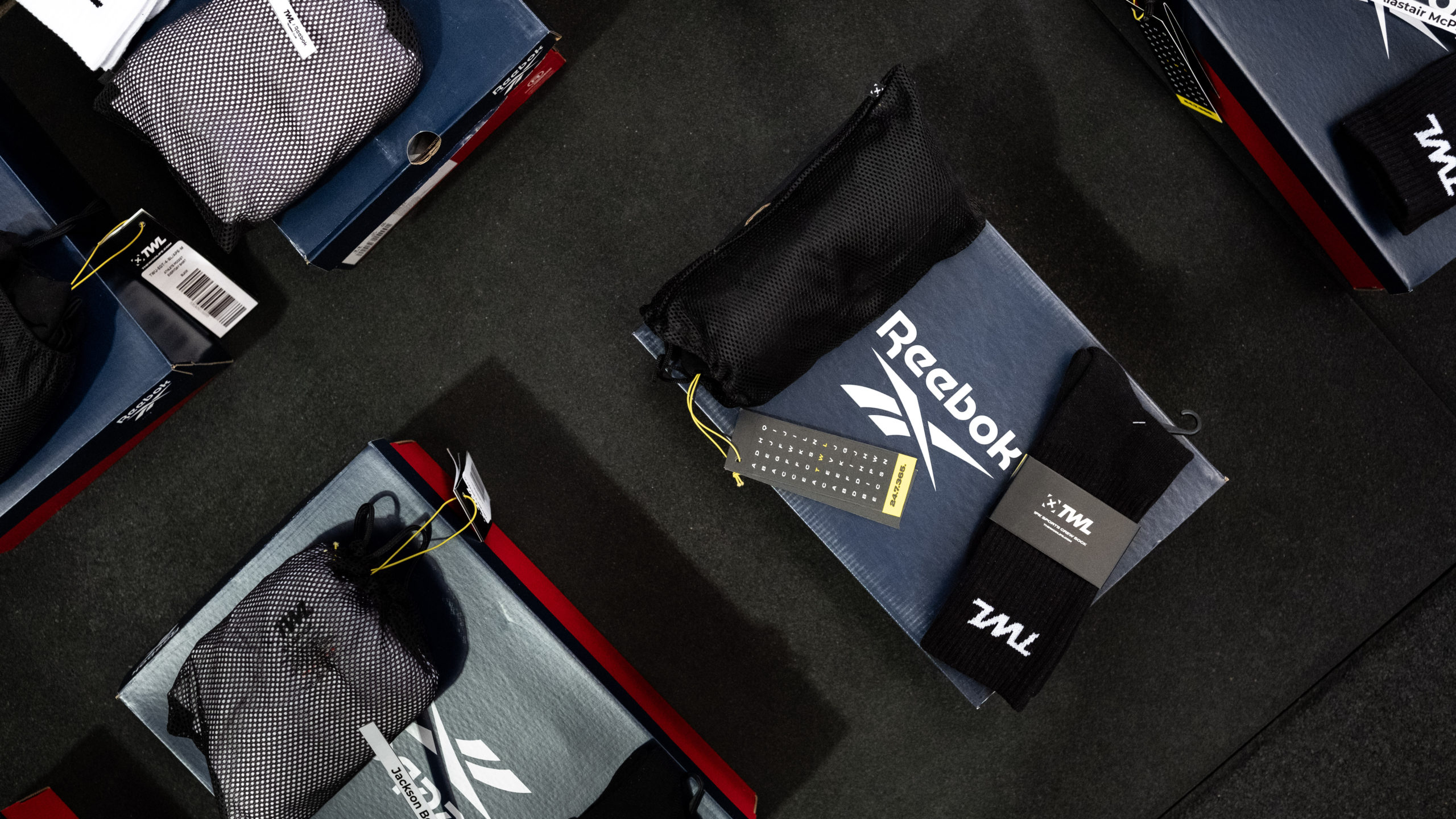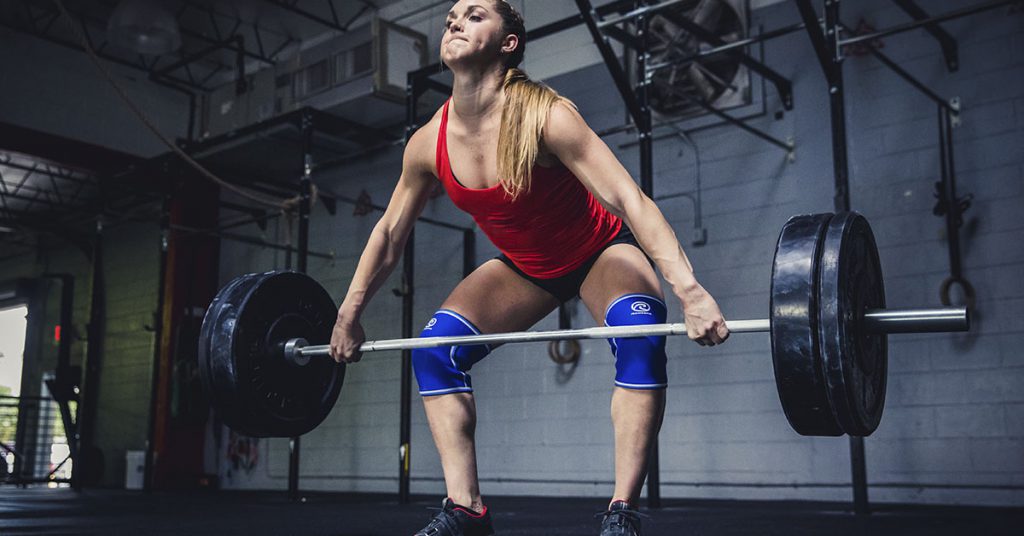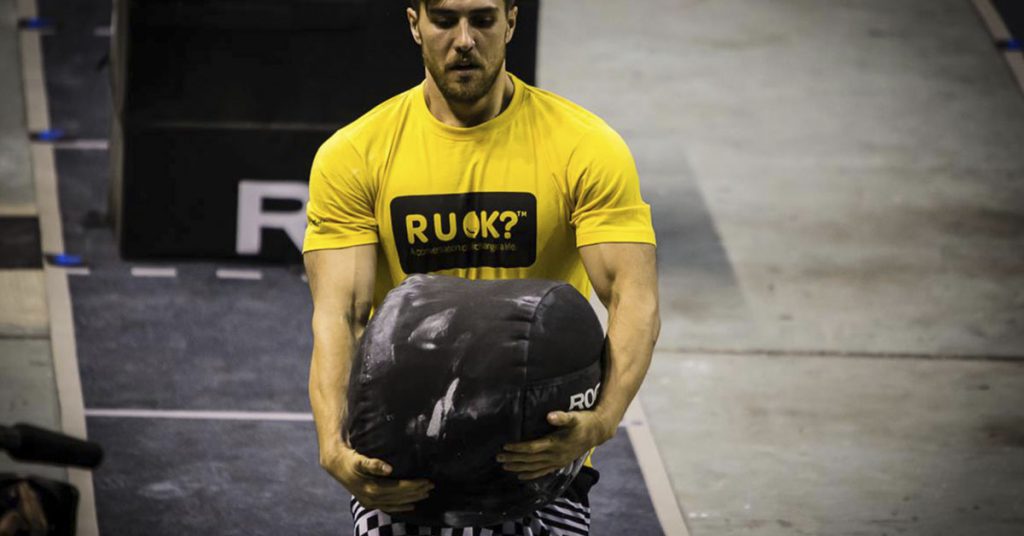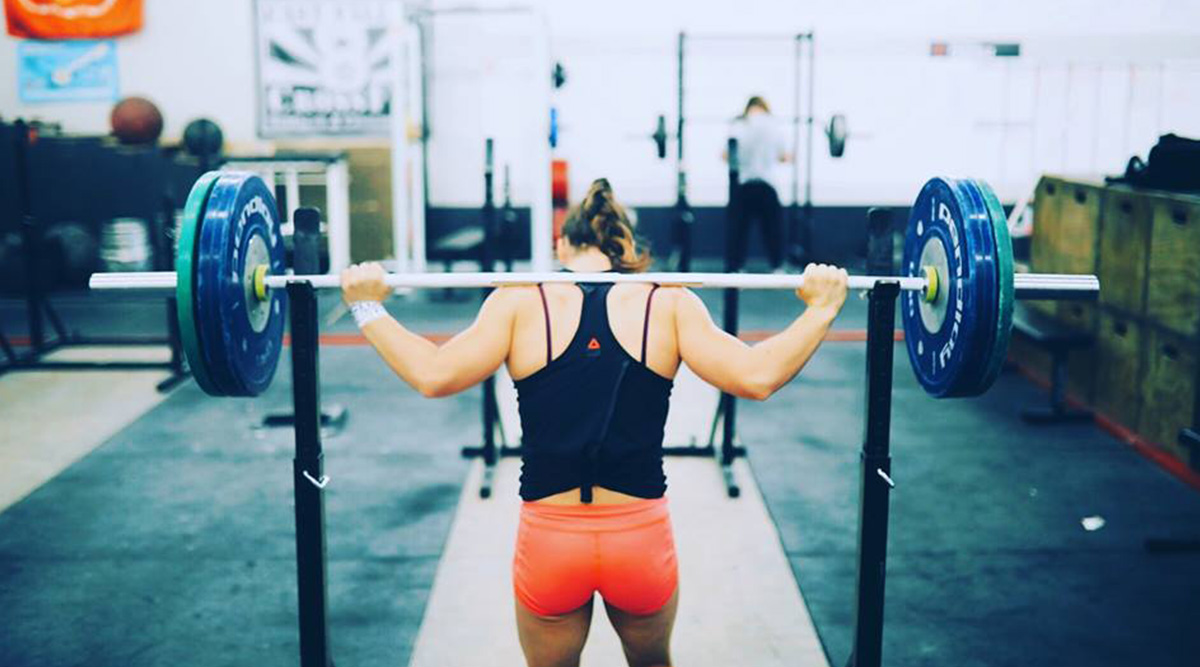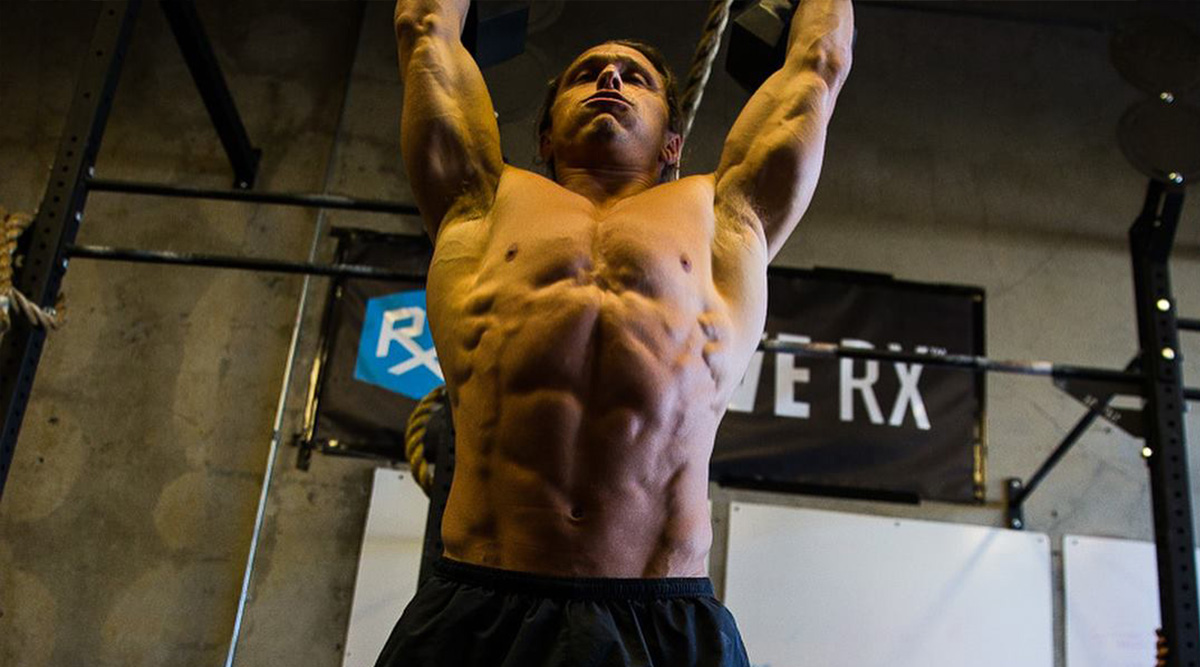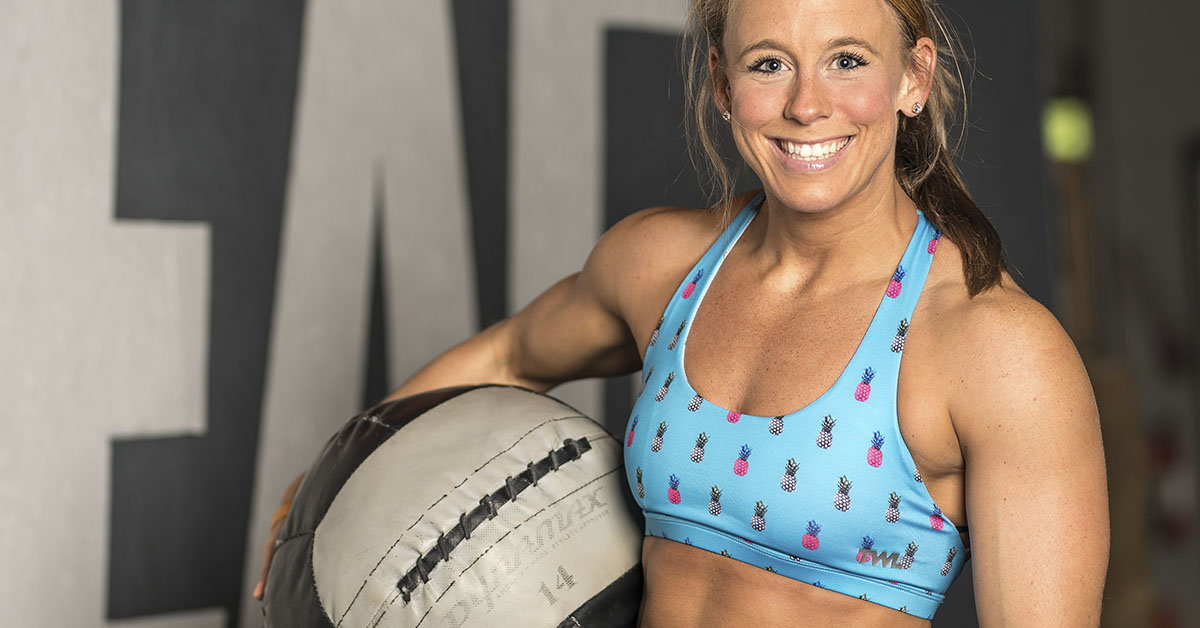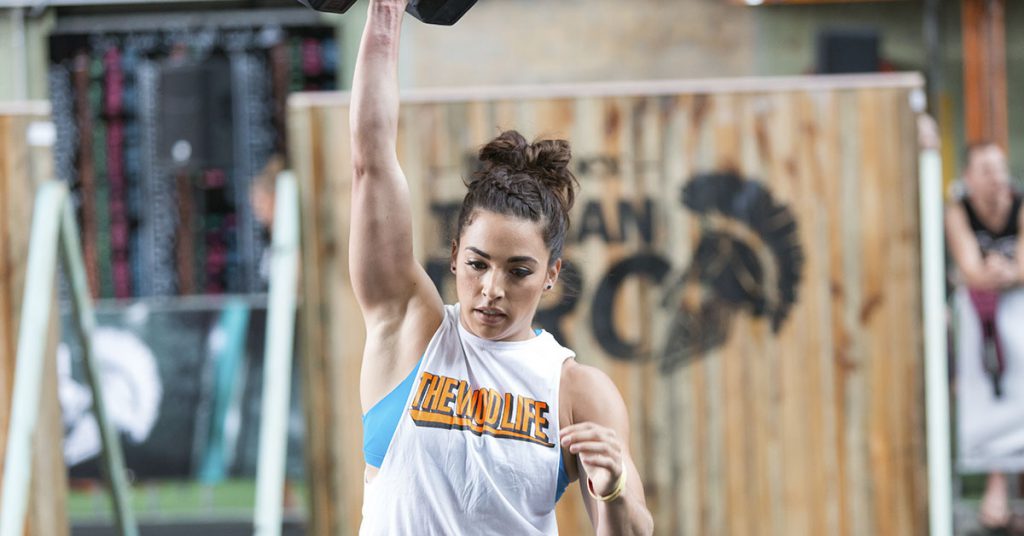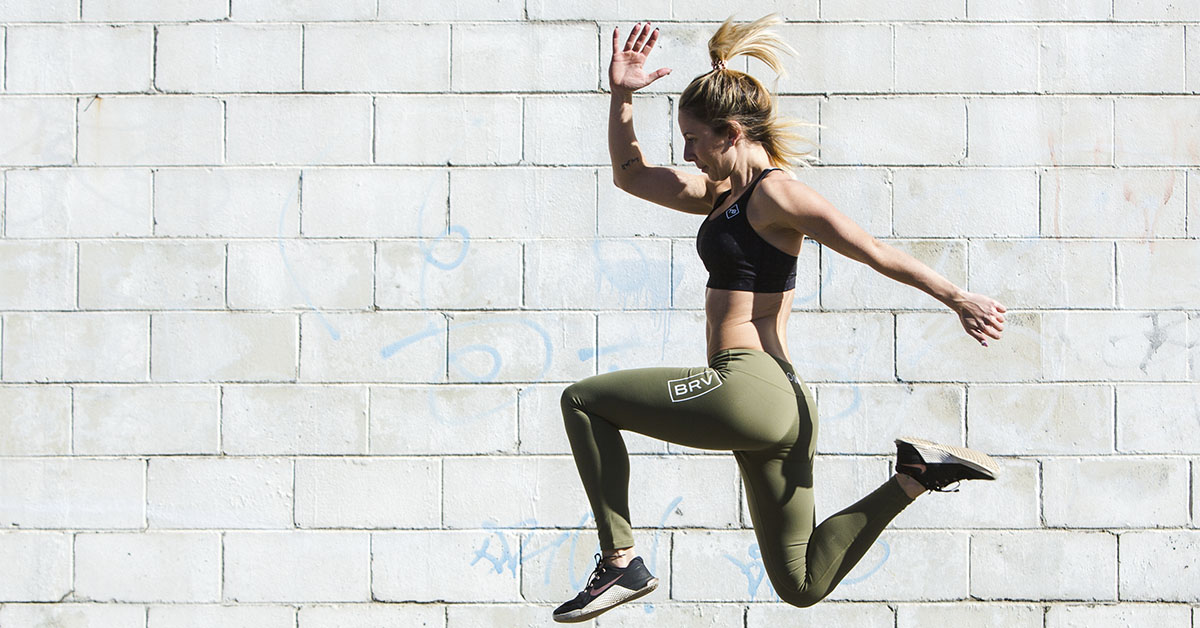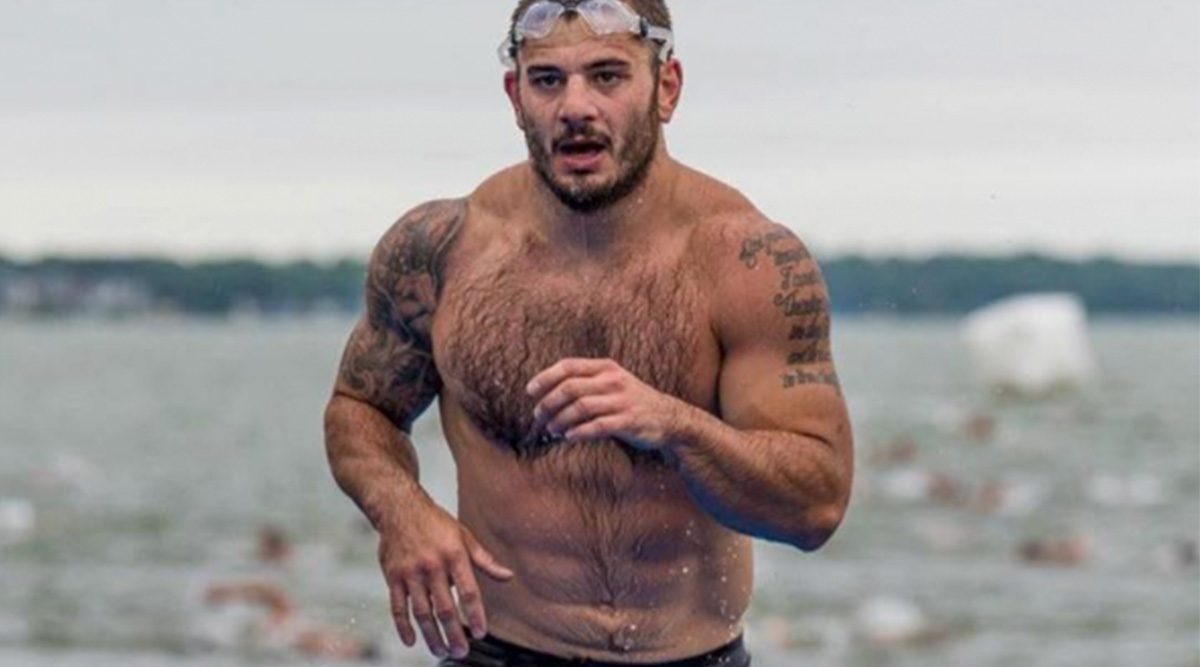The CrossFit Open is back for 2025, bringing with it the most exciting and inclusive test of fitness in the world. Whether you’re a seasoned competitor or someone stepping onto the competition floor for the first time, the Open is for everyone. It’s a global celebration of strength, endurance, and most importantly—community.
What is the CrossFit Open?
The CrossFit Open is a worldwide competition that takes place over three weeks, with a new workout released each week. Athletes from every level of fitness—from first-time CrossFitters to elite competitors—take on the same workouts, scaling where needed.
The beauty of the Open is that it’s not just about who lifts the heaviest or moves the fastest. It’s about pushing your own limits, testing yourself against last year’s performance, and joining a global movement of fitness enthusiasts who share the same passion.
The Open is also the first step on the road to the CrossFit Games. For those chasing elite competition, success in the Open can lead to the Quarterfinals, Semifinals, and ultimately, a spot at the CrossFit Games. But for most athletes, the Open is about something even bigger—community and personal growth.

More Than a Competition—A Community Movement
If you’ve ever stepped foot into a CrossFit gym (aka a box), you know that CrossFit is more than just a workout. It’s a community-driven fitness movement where athletes of all backgrounds train together, support each other, and celebrate victories—big or small.
The Open brings this energy to the next level. Every year, gyms around the world host weekly events, turning each Open workout into a festival of fitness. There’s a unique buzz in the air when an entire gym gathers to cheer on their members, whether it’s someone attempting their first pull-up or an RX athlete crushing the leaderboard.
Many gyms run Friday Night Lights, a weekly throwdown where athletes take on the Open workouts in front of a hyped-up crowd. Others create intramural teams, adding extra fun and competition by pitting gym members against each other in friendly rivalry.
At its core, the Open is about participation. It’s about stepping outside your comfort zone, supporting your fellow gym members, and proving to yourself that you’re stronger than you think.
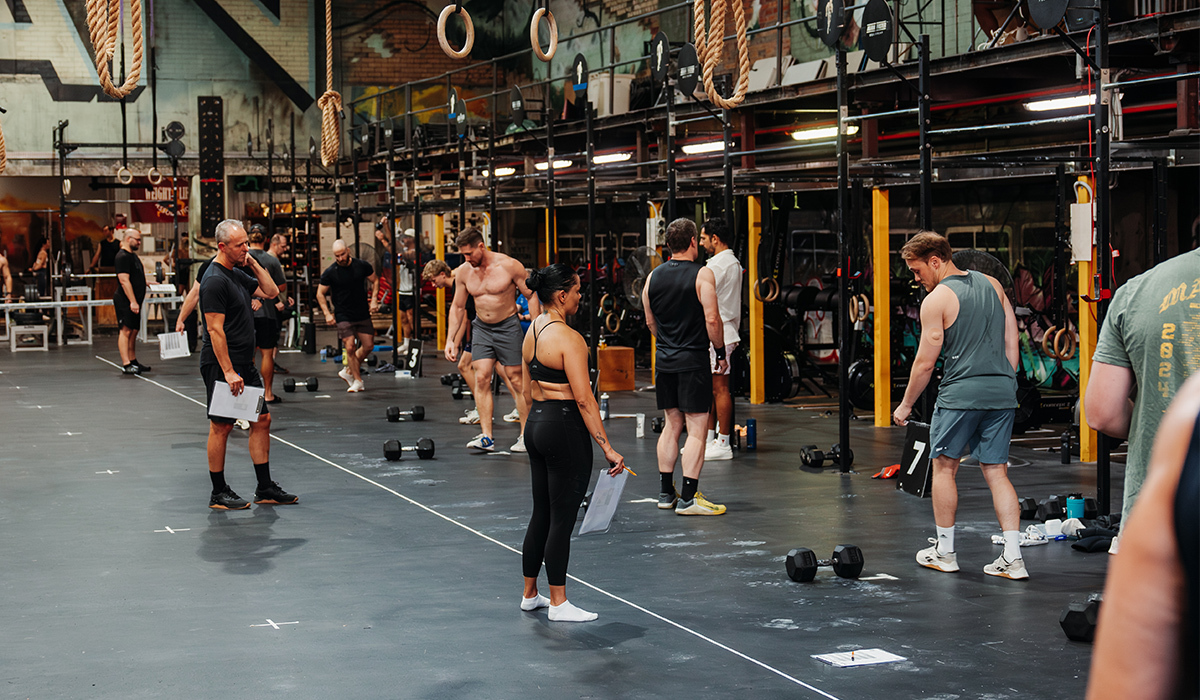
The Open is for Everyone
One of the best things about the Open is its accessibility. Every workout has a scaled version, meaning that regardless of your skill level, there’s an option for you.
Never done a muscle-up? No problem. Struggling with double-unders? There’s a scaled alternative. The goal is simple—do your best and have fun.
For many athletes, the Open is an opportunity to hit new milestones. The energy of the crowd, the adrenaline of competition, and the camaraderie of the community push people to achieve things they never thought possible.

Why You Should Sign Up
Whether you’re an elite competitor or someone who started CrossFit last month, signing up for the Open is a no-brainer. It’s a chance to:
✅ Challenge yourself in a fun and supportive environment
✅ Be part of a global fitness movement
✅ Set new goals and track your progress year after year
✅ Celebrate fitness with your gym community
At the end of the day, the leaderboard doesn’t matter—what matters is showing up, pushing yourself, and embracing the Open spirit.
So, are you in? Talk to your gym, sign up, and get ready for three weeks of adrenaline, community, and unforgettable moments.
See you on the leaderboard!
